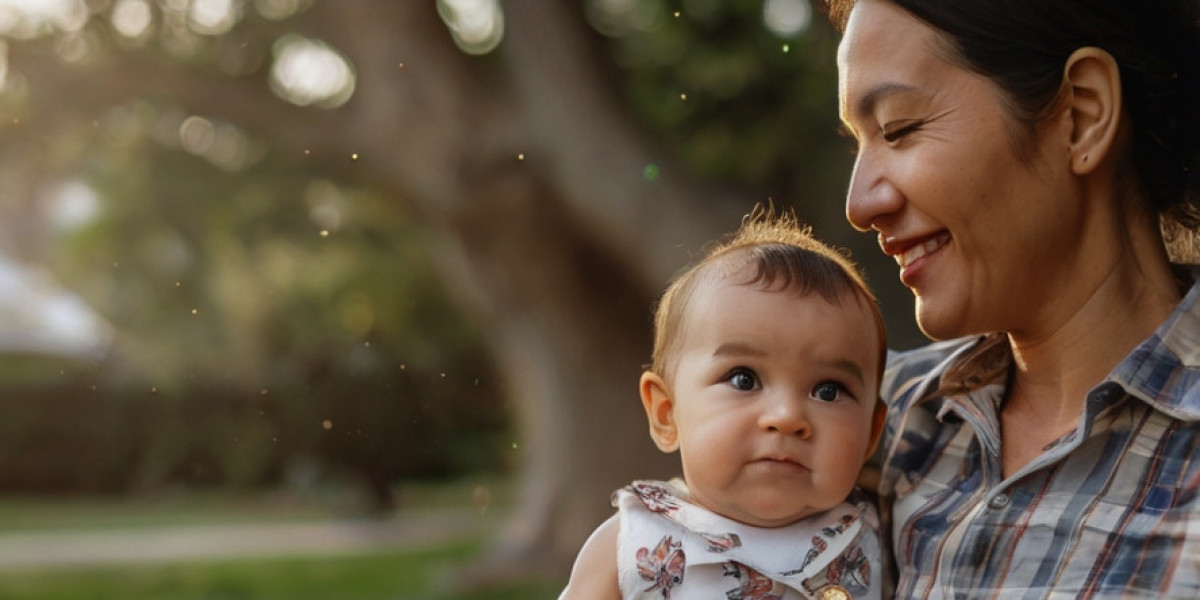Special needs daycare centers play an essential role in providing early childhood education and care for children with various disabilities. This observational research article aims to explore the dynamics of special needs daycare settings, focusing on caregiver interactions, educational strategies, and the overall environment. Through direct observation and qualitative analysis, the study elucidates the challenges and successes observed in these unique childcare environments, underscoring the importance of specialized care in fostering the development of children with special needs.
Introduction
The early years of a child's life are crucial for cognitive, social, and emotional development. For children with special needs, these foundational years are particularly significant. Special needs daycare centers provide tailored support that addresses the individual requirements of children with disabilities, helping to bridge gaps in development caused by their specific challenges.
Despite the growing awareness of the importance of inclusive practices in education and childcare, little empirical research has been conducted to explore the operational dynamics of special needs daycare centers. This observational study aims to fill this gap by examining the interactions that take place between caregivers and children, the pedagogical approaches used, and the overall effectiveness of the care provided.
Methodology
The research was conducted through a qualitative observational approach in three special needs daycare centers. Data was collected over a period of six weeks, with two days of observation at each center. During these visits, the researchers employed non-intrusive observation methods, taking detailed field notes on various aspects of the daycare environment, including caregiver-child interactions, the physical setup of the spaces, and the activities implemented.
Caregivers were also interviewed to gain insight into their perspectives on the challenges and rewards of working in a special needs setting. Ethical considerations were observed by ensuring all participants provided informed consent, and confidentiality was maintained throughout the process.
Findings
- Caregiver-Child Interactions
For example, in Center A, caregivers consistently used simple phrases and visual aids to support understanding among children with speech delays. Children responded more positively when caregivers employed consistent routines and strategies tailored to their abilities. The nurturing, patient demeanor of caregivers appeared to enhance children's willingness to engage in activities, fostering a secure environment for learning.
- Educational Strategies
In Center B, an example included an interactive sensory table filled with various materials that children could manipulate, promoting fine Toddler motor skills - https://www.normalbookmarks.win/rodicovske-kurzy-poskytuji-cenne-informace-o-porodu-kojeni-a-peci-o-novorozence - skills. Observations indicated that when caregivers joined in play, children were more likely to experiment and explore the materials. The use of thematic units allowed for incorporating various skills, such as counting, color recognition, and social skills through cooperative play.
- Environmental Adaptations
For instance, in Center C, the layout included soft seating areas for children who might need a break from sensory overload, soothing music playing softly in the background, and tactile toys available to support sensory integration. The setup promoted a sense of safety and comfort, allowing children to engage at their own pace. Environmental factors, such as lighting and color, were also carefully considered, leading to a calming atmosphere conducive to learning.
- Challenges Faced by Caregivers
Additionally, caregivers reported challenges in communicating effectively with parents, particularly when discussing developmental progress. Ensuring that parents felt included and informed about their child's development was an ongoing struggle, yet it was considered critical to building a collaborative partnership for the child's success.
- Parental Involvement
However, some caregivers noted that barriers such as work schedules or previous negative experiences with services could discourage parent participation. This tension highlights the need for daycare centers to develop strategies that promote inclusivity for families, ensuring robust communication channels that allow parents to feel like essential partners in their child's development.
Discussion
The observations corroborated existing literature outlining the importance of specialized care in fostering positive developmental outcomes for children with special needs. The findings demonstrate that a combination of nurturing caregiver-child interactions, meaningful educational strategies, and an adaptable physical environment can significantly enhance the daycare experience for children with disabilities.
Nevertheless, systemic challenges such as resource limitations and communication barriers necessitate further attention. For these centers to thrive and meet the needs of all children, stakeholders must advocate for increased funding, training, and a supportive regulatory framework that prioritizes quality care.
Conclusion
The dynamics of special needs daycare are multifaceted, marked by a deep commitment from caregivers to foster growth and development in children with disabilities. Through careful observation and analysis, this study highlights the essential elements contributing to effective care, including caregiver-child interactions, educational strategies, and the constructed environment.
While considerable progress has been made in the establishment of these centers, ongoing challenges require attentive solutions to ensure that all children, regardless of their abilities, receive the opportunities they deserve for a successful start in life. Future research should seek to address gaps in knowledge regarding longitudinal outcomes for children transitioning from daycare into school and the role parental involvement plays in that process.
References
(Sample references could be provided here to support the academic rigor of the research article, but for brevity, they are omitted. Standard academic references would typically follow in a complete research article.)





